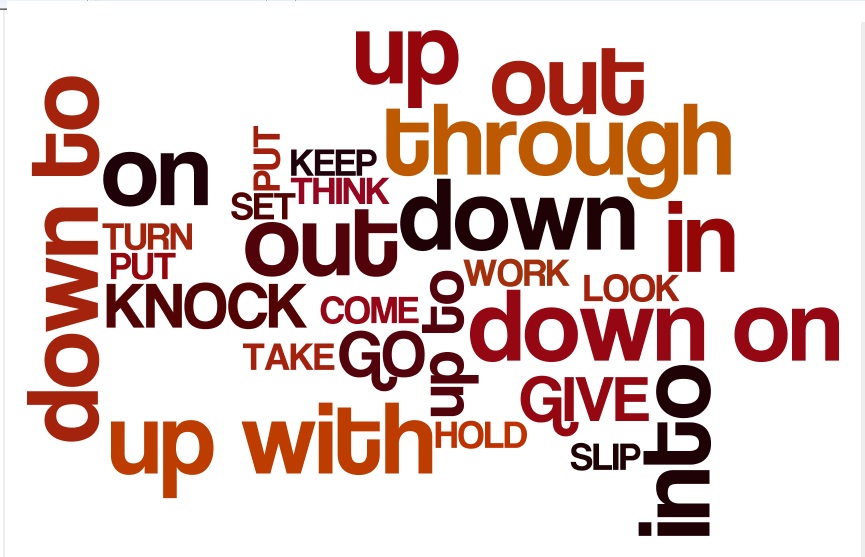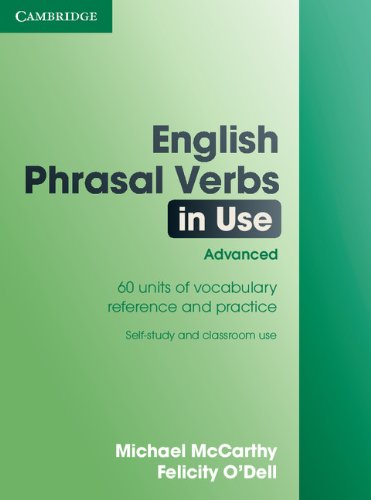They say that rules were made to be broken. To a non-native English speaker, it may seem like that’s the foundation we built this global language of ours upon. I mean, if all things followed the laws of grammar, the past tense of “make” would be “maked” and this whole “lie” turns to “lay” in some cases and “lied” in others wouldn’t be a source of confusion, right?
Okay, those are some anomalies of grammar that most English language learners run into quite early on. As we keep going forward, we’re introduced to a lot more. Some of those “hard-to-explain-the-grammar-behind-it” things English language learners need to study known as “phrasal verbs”. In case you don’t know, that’s basically when a main verb partners up with a particle to make a phrase such as “take off” (the plane takes off at 5pm) or “mess around” (Stop messing around and clean your room). These are phrases that don’t really follow a big, obvious rule for teachers to identify and explain. Usually, English language learners simply have to hear the phrases and practice putting them to use.

If you have students who are ready to take on some harder grammatical anomalies, then you might want to introduce them to Cambridge University Press’ book, English Phrasal Verbs in Use. This book includes dozens upon dozens of everyday phrases that students need to learn in order to get to the next level of their English fluency.
The book is organized by chapters that cover verbal phrases which include one or more of the same word. For example, one chapter covers the words “down” and “over”. For “down”, this chapter includes phrasal verbs such as “chop down”, “weighed down”, “loaded down”, and “shut down”. For “over”, the book covers phrasal verbs like “read over”, “staying over” and “fell over”. Each chapter includes a table with explanations and example usages. Then, the book provides a number of exercises to help him/her put the verbal phrases to use. The exercises include fill in the blanks, questions, and multiple choice.
Each chapter is good for about two lessons with your students. You can spend the first lesson going over the chart and having the student try using each verbal phrase in a conversation. The second lesson can focus on the exercises.
English Phrasal Verbs in Use is specifically designed for advanced level students looking to improve their knowledge of this often difficult area of the English language. The book includes many phrasal verbs useful to students preparing for the Cambridge CAE, CPE and IELTS examinations.
If I would recommend this book to anyone in particular it would be ESL teachers. Teachers will find plenty of information to use in their classes and many of the activities and lessons in the book can be used in group or private lessons. It is also possible to use the book for self-study purposes. However, because phrasal verbs are often complicated in nature, you are better off having an English teacher to whom you can direct your questions. Perhaps, you can use the book on your own and then enlist the help of a native English speaking friend or teacher whenever you need further explanation.




